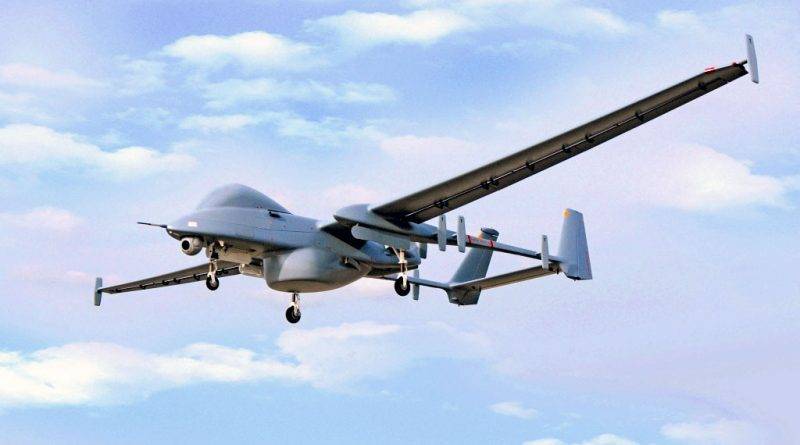Aerial photography has become increasingly popular in recent years, thanks in large part to advancements in drone technology. One of the leading companies in this field is DJI, renowned for their exceptional drone cameras. Leveraging the capabilities of a DJI drone camera can dramatically enhance your aerial photography, whether you’re an amateur or a seasoned professional. Understanding the Basics of DJI Drone Camera Settings: To get the most out of your DJI drone camera, it’s crucial to understand its settings. Familiarize yourself with terms like ISO, shutter speed, and aperture. These are pivotal in altering the photographic output. Adjusting ISO sensitivity allows you to capture sharp images in different lighting conditions. For instance, low light scenarios may require higher ISO settings. Similarly, playing with shutter speed can result in striking motion effects, perfect for dynamic landscapes or fast-moving subjects.
Utilizing Advanced Features
: DJI drone cameras boast advanced features that can significantly improve photographic outcomes. The auto-focus system ensures your subjects are crisp and clear, while built-in stabilizers help reduce shakiness, especially when capturing videos. Some models even offer panoramic modes, ideal for breathtaking wide-angle shots. Additionally, leveraging smart features like ActiveTrack or Gesture Mode can further enable creative expression, allowing hands-free interactions with your DJI drone camera.
The Art of Composition
: Beyond technological features, composition plays a pivotal role in capturing stunning aerial photos. Consider the Rule of Thirds for balanced shots or experiment with perspectives to create unique compositions. The high vantage point offered by drones can lead to striking patterns and symmetry found in landscapes that aren’t usually visible from the ground.
Editing Your Aerial Photographs
: Once you’ve captured your images, post-processing can enhance them further. Software like Adobe Lightroom or Photoshop can correct any color discrepancies or adjust exposures for a polished look. Utilize these tools to edit out any unintended elements and focus on highlighting your subject. Remember, though, that editing should complement the scene, not overwhelm it. Consequently, it’s essential to maintain the authenticity of the captured moment.
Case Study: Maximizing Your DJI Drone Camera
: One photographer utilized the DJI Mavic Air 2 in high-altitude mountainous regions. By adjusting the white balance and implementing exposure bracketing, they achieved rich, detailed images showcasing the area’s rugged beauty. These techniques, combined with the drone’s high-resolution capabilities, enabled a collection of visually compelling images. FAQs: Q1: How do I get started with DJI drone photography? A: Begin by understanding your drone’s manual and settings. Practice flying in open spaces and experiment with various angles and shots. Q2: What safety precautions should I take? A: Always check local flying regulations. Maintain visual line-of-sight with the drone and avoid flying in poor weather conditions. Q3: Can I use DJI drones for commercial purposes? A: Yes, DJI drones are used extensively in commercial photography, but it’s essential to have proper certification and adhere to legal regulations. By fully optimizing your DJI drone camera, you can tap into endless artistic possibilities, capturing stunning aerial imagery that tells compelling stories through unique perspectives.
Begin by understanding your drone’s manual and settings. Practice flying in open spaces and experiment with various angles and shots. Q2: What safety precautions should I take? A: Always check local flying regulations. Maintain visual line-of-sight with the drone and avoid flying in poor weather conditions. Q3: Can I use DJI drones for commercial purposes? A: Yes, DJI drones are used extensively in commercial photography, but it’s essential to have proper certification and adhere to legal regulations. By fully optimizing your DJI drone camera, you can tap into endless artistic possibilities, capturing stunning aerial imagery that tells compelling stories through unique perspectives.